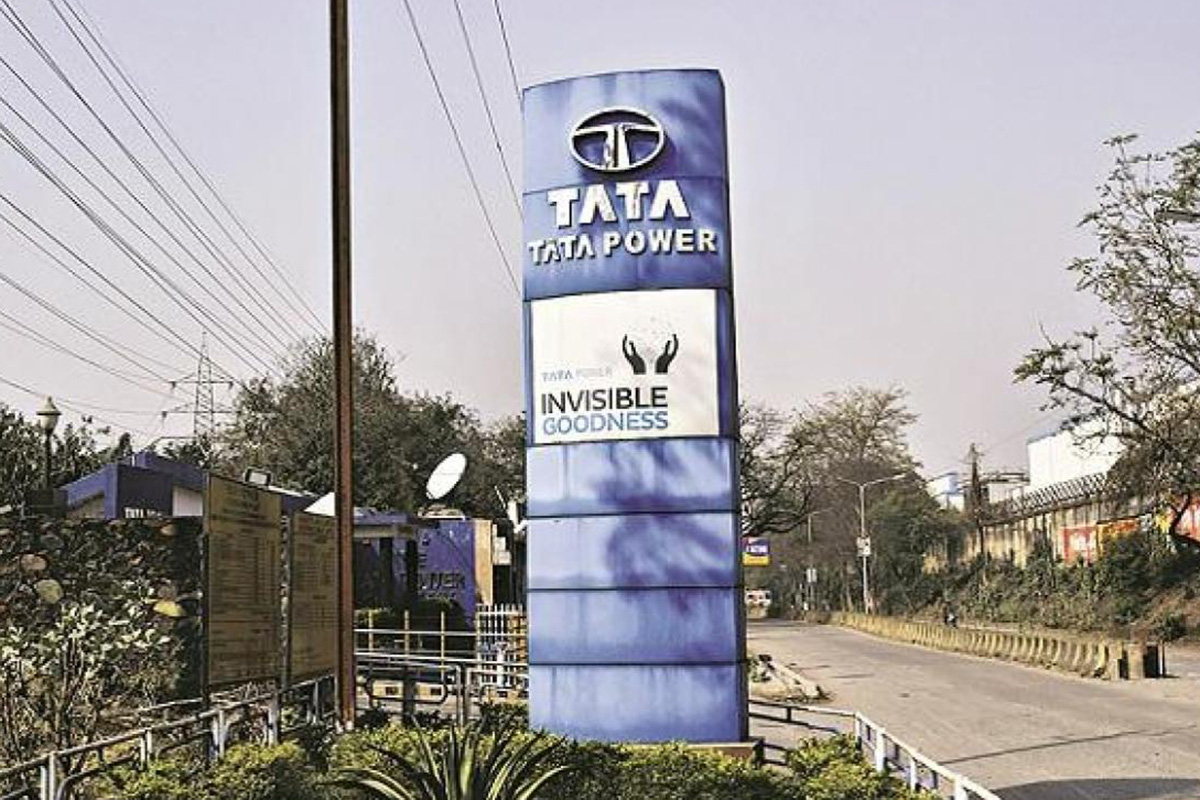Tata Power Company Ltd. has announced that it envisaged to set up small modular reactors (SMRs) across India in order to generate electricity from nuclear fission, informed Tata Power’s CEO & Managing Director, Praveer Sinha. However, he did not reveal the amount likely to be invested.
“We are keen to participate but are awaiting more clarity on the amendments to the Atomic Energy Act & Civil Liability For Nuclear Damage Act,” Sinha asserted.
Advertisement
Earlier, the government had voiced its plans for active partnerships with private players to set up SMRs. The government had also promised amendments to the Atomic Energy Act and Civil Liability for Nuclear Damage Act to encourage private investments in the nuclear energy sector.
Advertisement
“We are actively considering it, but it’s subject to what policy directions, what amendment in the Atomic Energy Act are made, and how it provides us the opportunity to get into SMRs and nuclear reactors,” Sinha said. He informed that initially Tata Group companies like Tata Steel and Tata Motors could be potential customers for the company’s nuclear power.
“We are also quite gung-ho about it but of course, it requires policy support as well as cost-efficient technology, which is effective to generate power at an affordable tariff,” Sinha said. The interaction with him reveals that Tata Power plans to package its nuclear power as part of its clean energy solution to the commercial and industrial sector.
It may be recalled that in Budget 2025, Union Finance Minister Nirmala Sitharaman had announced the launch of a Nuclear Energy Mission for the research and development of Small Modular Reactors (SMRs) with an outlay of Rs 20,000 crore. She had mentioned that at least five indigenously developed SMRs would be operational by 2033 and had set a target of 100 GW of nuclear power capacity by 2047. Incidentally, India has plans to deploy around 50 small modular nuclear reactors, mostly to replace captive coal-fired thermal power plants, in order to achieve a net-zero emission goal by 2070.
“Small nuclear plants need stringent approvals and the approval process usually takes about 24 months while reactor construction takes around five years after approval. Today SMR projects are becoming very common in various parts of the world. With many new technologies coming in, we should be in a position to implement them much faster in the country,” Sinha said.
Sinha expected peak power demand in India to overtake 2024’s 250 gigawatts to about 265 to 270 GW due to an expected “intense” summer.
A Tata Consulting Engineers (TCE) official had stated in August 2024 that the Department of Atomic Energy’s (DAE) 220-Megawatt electric (MWe) Pressurised Heavy Water Reactor (PHWR) is being redesigned using 3D design platforms to develop what is being called the Bharat Small Modular Reactor. The idea is to achieve a high degree of standardisation to replace old captive coal-fired thermal power plants used by steel, aluminium, copper and the cement industries.
“We are going to take the old design of the PHWR and then reconfigure and redesign it to be modular, scalable and safety-aligned to post-Fukushima standards,” TEC’s MD & CEO Amit Sharma had said in August 2024.
TEC has been associated with DAE for several decades, with an 85 percent market share in engineering services in the nuclear sector and is implementing several power projects.
Advertisement











